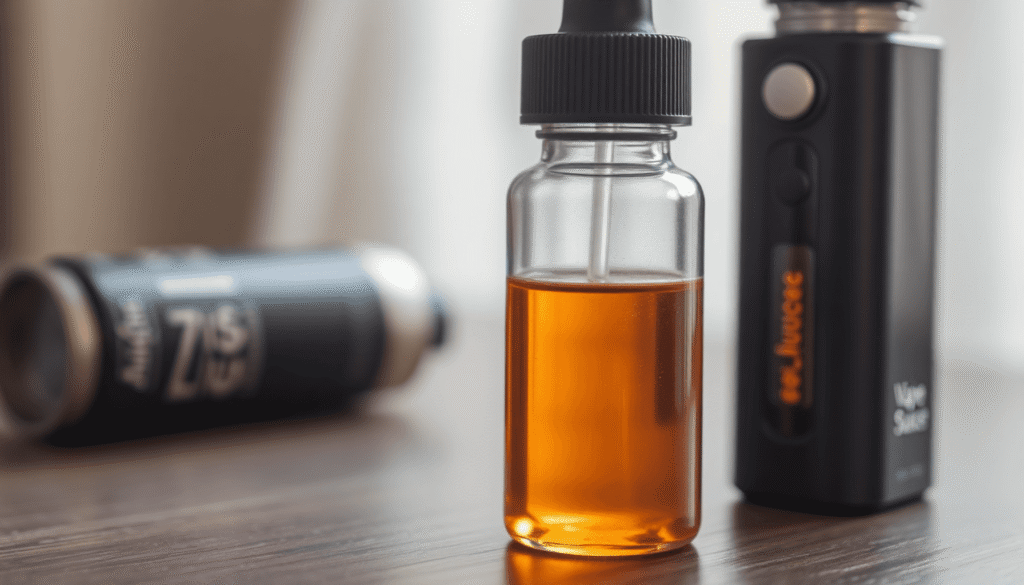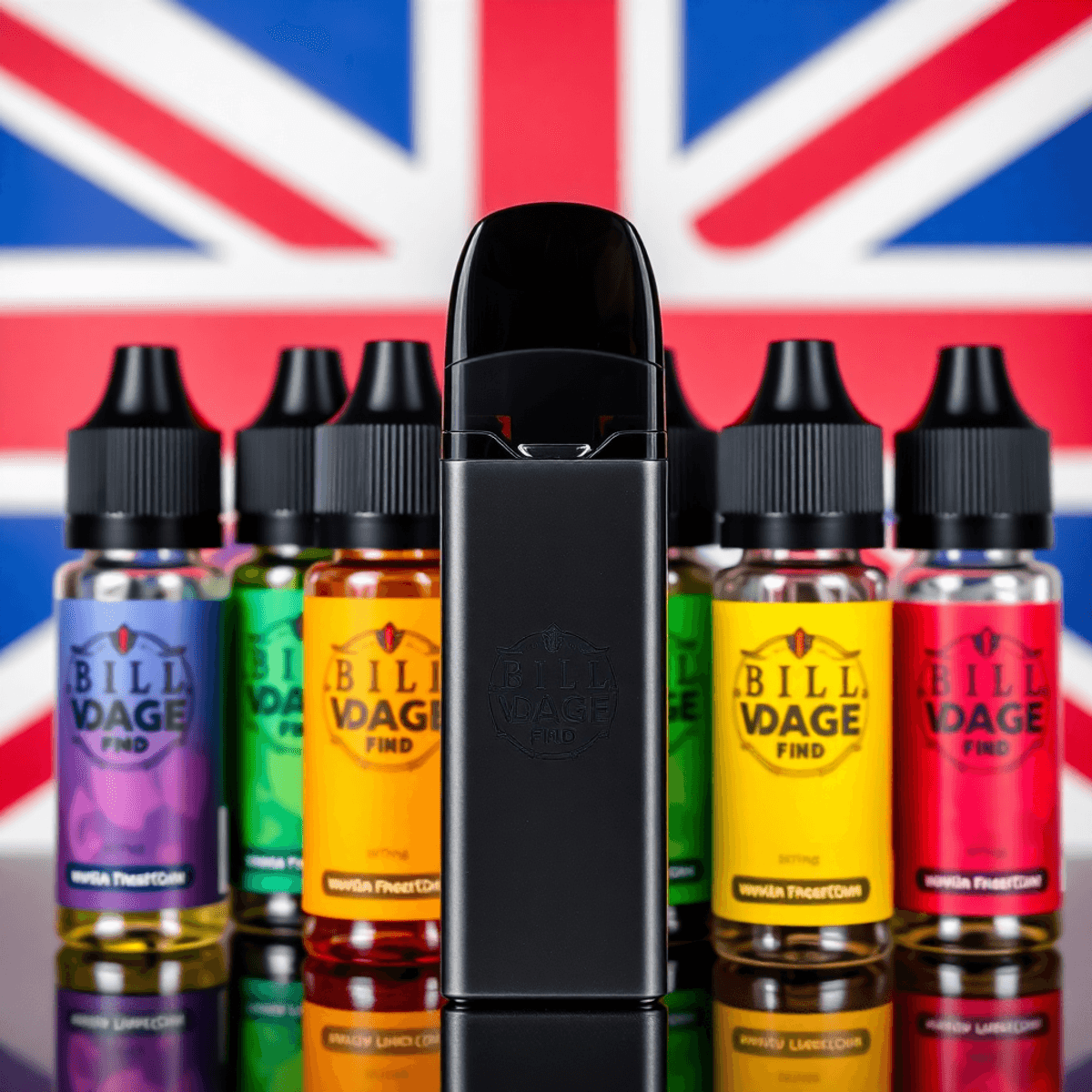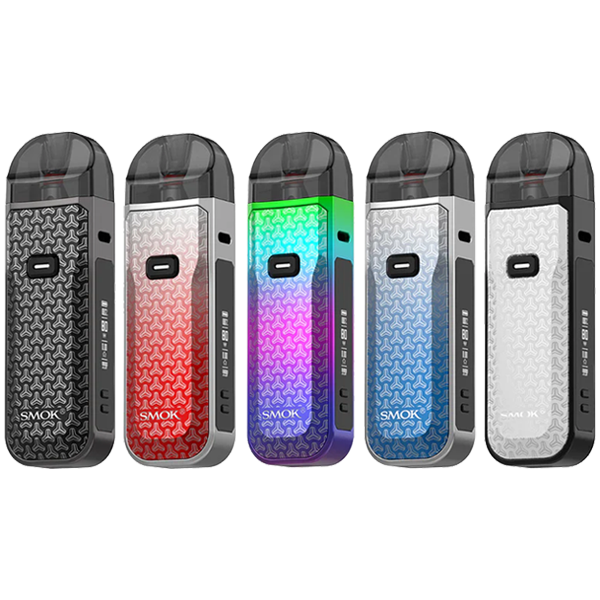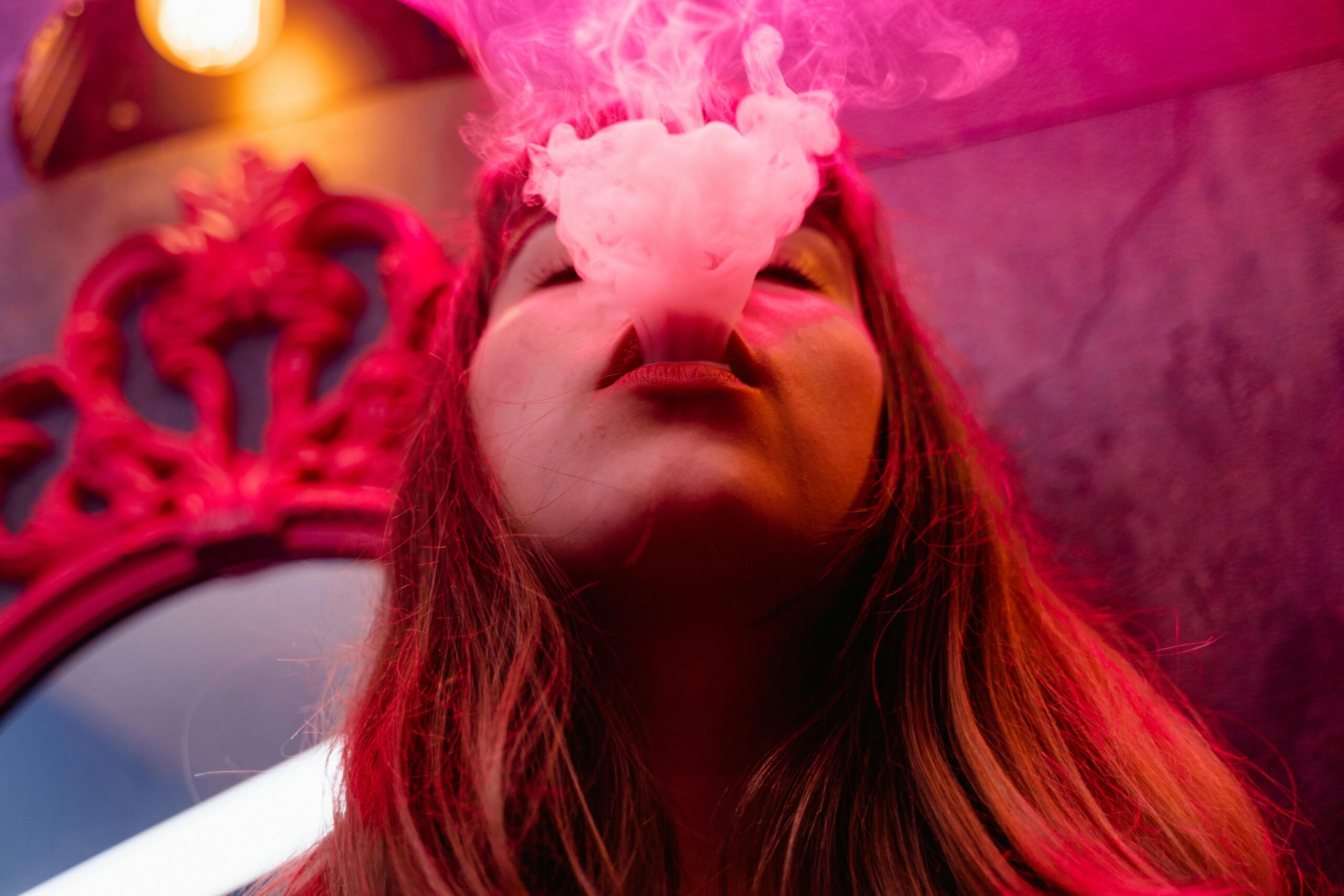The question “Can expired vape juice kill you?” sparks genuine concern among vapers worldwide. As vaping continues to grow in popularity, users are rightfully questioning the safety of their e-liquids, particularly when they’ve been sitting in a drawer for months.
Let’s address this head-on: expired vape juice isn’t typically life-threatening, but it’s crucial to understand the potential risks and warning signs of degraded e-liquid. Many vapers have encountered old bottles of juice and wondered if they’re safe to use.
In this comprehensive guide, we’ll explore:
- The composition of vape juice and how it breaks down
- Tell-tale signs of expired e-liquid
- Real health implications of using old vape juice
- Proper storage methods to maintain quality
- Safe disposal practices
Whether you’re a seasoned vaper or new to the scene, understanding e-liquid safety helps ensure a better vaping experience. We’ll separate fact from fiction and provide practical advice for managing your vape juice collection safely.
Understanding Vape Juice and Its Composition
Vape juice, also known as e-liquid, contains four primary ingredients that work together to create the vaping experience:
- Propylene Glycol (PG): A clear, odourless liquid that carries flavour and creates the ‘throat hit’ sensation
- Vegetable Glycerin (VG): A thicker liquid responsible for vapour production
- Nicotine: Available in varying strengths from 0mg to 20mg (in the UK)
- Food-grade flavourings: Natural or artificial compounds that create distinct taste profiles
How Ingredients Change Over Time
The chemical stability of these components changes over time. Nicotine breaks down through oxidation, turning from clear to yellowish-brown. This process accelerates when exposed to heat, light or air, causing the nicotine to lose potency and develop a harsh, peppery taste.
The flavour compounds face similar degradation issues. Complex flavourings containing multiple ingredients can break down at different rates, leading to:
- Muted or altered taste profiles
- Separation of ingredients
- Changes in colour and consistency
PG and VG remain relatively stable but can absorb moisture from the air, potentially diluting the e-liquid or creating an environment where bacteria might grow. VG might crystallise at low temperatures, while PG can thin out in warm conditions, affecting the vaping experience.
Shelf Life of Vape Juice
A properly stored vape juice maintains its quality for 1-2 years from the manufacturing date. This shelf life depends on several critical storage factors that affect the e-liquid’s chemical stability.
Ideal Storage Conditions:
- Temperature: Keep between 15-25°C
- Light exposure: Store in dark environments
- Container: Use sealed, airtight bottles
- Location: Place in cool, dry spaces away from direct heat
Proper storage preserves the delicate balance of ingredients, maintaining both flavour intensity and nicotine potency. A stable environment prevents premature degradation of the base components.
Storage Mistakes That Speed Up Degradation:
- Leaving bottles in hot cars or sunny windowsills
- Keeping e-liquids in bathrooms where temperature fluctuates
- Using containers with loose caps or damaged seals
- Exposing bottles to frequent temperature changes
Heat acts as a catalyst for chemical reactions within the e-liquid, breaking down ingredients faster than normal. When exposed to temperatures above 25°C, vape juice can start degrading within weeks rather than years.
Light exposure triggers oxidation processes, causing nicotine to break down and flavours to fade. UV rays particularly affect clear bottles, which offer minimal protection against light degradation.
Oxygen exposure through loose caps creates similar issues – the more air contacts the liquid, the quicker it deteriorates. Each time you open the bottle, you introduce fresh oxygen that speeds up the ageing process.
Signs That Vape Juice Has Expired
Spotting expired vape juice isn’t rocket science – your senses will tell you when something’s off. Here are the key indicators that your e-liquid has gone past its prime:
Visual Changes
- Darkening of the liquid colour
- Cloudy appearance or haziness
- Separation of ingredients
- Visible particles floating in the liquid
Smell Test
- Sharp, chemical-like odours
- Rancid or sour smells
- Loss of original fragrance
- Musty or mouldy scents
Texture Alterations
- Thickening of the liquid
- Crystal formation around the bottle’s rim
- Unusual clumping or separation
- Changes in viscosity when shaking
Taste Warning Signs
- Harsh, peppery hits
- Bitter or sour notes
- Burnt taste even with fresh coils
- Significantly reduced flavour intensity
These changes occur as the ingredients break down chemically. A fresh bottle of vape juice should maintain consistent colour, smell pleasant, flow smoothly and deliver clean flavour hits. Any deviation from these characteristics suggests degradation.
Pro tip: Always check your e-liquid before filling your tank. If you notice any of these signs, it’s best to err on the side of caution and replace the juice.
Remember that different flavour profiles may show varying signs of expiration. Fruit flavours tend to darken more noticeably, while dessert flavours might develop a stronger chemical smell when past their prime.
Health Risks Associated with Using Expired Vape Juice
Let’s set the record straight – expired vape juice won’t kill you. The health risks associated with using expired e-liquids are typically mild and temporary. Users might experience:
- Mild nausea or stomach discomfort
- Dull headaches
- Scratchy or irritated throat
- Burning sensation during inhalation
- Coughing fits
- Slight dizziness
The real danger lies in poorly stored vape juice. Improper storage conditions create an environment where harmful microorganisms can thrive:
Bacterial Growth: Warm, humid conditions encourage bacterial multiplication, particularly in opened bottles. These bacteria can cause respiratory infections when inhaled.
Mould Development: Dark spots or fuzzy patches indicate mould growth. Inhaling mould spores through contaminated e-liquid can trigger:
- Allergic reactions
- Respiratory issues
- Chest tightness
- Persistent coughing
Chemical Changes: Extended exposure to heat or light breaks down nicotine and flavouring compounds, creating harsh chemicals that irritate the airways.
The severity of these symptoms varies based on individual sensitivity and the extent of e-liquid degradation. Users with pre-existing respiratory conditions or compromised immune systems face higher risks from contaminated vape juice.
Does Expired Vape Juice Pose Any Fatal Danger?
The scientific evidence speaks clearly: no documented fatalities have been linked to using expired vape juice. Medical literature and toxicology reports show zero cases of death caused by vaping degraded e-liquids.
Let’s put this into perspective:
- Fresh vape juice contains non-toxic base ingredients (PG/VG)
- These ingredients remain stable even after expiration
- Nicotine degradation reduces potency but doesn’t create lethal compounds
The worst outcomes reported from using expired e-liquid include:
- Temporary nausea
- Mild headaches
- Unpleasant taste
- Brief throat irritation
Think of expired vape juice like spoiled milk – it’s unpleasant but not deadly. The degradation process affects quality rather than creating dangerous toxins. Even in cases where users accidentally vaped heavily degraded e-liquid, medical treatment wasn’t required.
Research by leading toxicologists indicates that expired vape juice maintains a similar safety profile to fresh e-liquid. The main difference lies in the deterioration of enjoyment factors rather than increased health risks.
The UK Medicines and Healthcare products Regulatory Agency (MHRA) maintains strict regulations on e-liquid ingredients. These approved components don’t transform into harmful substances simply through aging. Bad experiences with expired vape juice stem from quality issues rather than serious safety concerns.
Impact of Expired Vape Juice on Vaping Experience
Using expired vape juice creates noticeable changes in your vaping experience. The degradation process affects multiple aspects of the e-liquid’s performance:
Flavour Changes
- Fresh, crisp notes become muted or distorted
- Sweet flavours often develop a bitter undertone
- Fruit profiles can take on a medicine-like taste
- Menthol elements lose their characteristic cooling effect
Vapour Quality Issues
- Thickened e-liquid produces less consistent clouds
- Uneven vapour distribution during draws
- Reduced throat hit sensation
- Potential for dry hits due to altered viscosity
Many vapers report specific complaints when using old e-liquids:
“My favourite strawberry juice started tasting like cough syrup after sitting in the cupboard for 8 months” – UK Vaper Forum
The chemical breakdown of flavour compounds creates new taste profiles that weren’t intended in the original mix. A once-smooth vanilla custard might develop sharp, artificial notes that make it unpleasant to vape.
Physical Sensations
- Increased throat irritation
- Harsh, scratchy feeling during inhale
- Unexpected coughing fits
- Unpleasant aftertaste that lingers
These changes stem from the natural degradation of ingredients, making expired vape juice significantly less enjoyable than fresh e-liquid. The altered consistency affects how your device heats and vaporises the liquid, leading to an inconsistent and potentially frustrating experience.
Best Practices for Storing Vape Juice to Maximise Safety and Quality
Proper storage of your vape juice plays a crucial role in maintaining its quality and safety. Here’s how to keep your e-liquids in prime condition:
Temperature Control
- Store bottles between 15-20°C
- Keep away from radiators and direct heat sources
- Avoid leaving e-liquids in cars or windowsills
- Consider using a dedicated drawer or cabinet
Light Protection
- Choose a dark storage space
- Use amber or dark-coloured bottles
- Keep original packaging when possible
- Shield from UV rays and artificial lighting
Sealing and Handling
- Tighten caps immediately after use
- Check bottle threads for residue build-up
- Clean dropper tips before storing
- Store bottles upright to prevent leakage
Regular Maintenance
- Label bottles with purchase dates
- Create a rotation system for your collection
- Check expiration dates monthly
- Inspect bottles for damage or deterioration
Storage Location Tips
Use kitchen cupboards away from appliances, consider bathroom cabinets (if moisture-free), dedicate a shelf in your bedroom wardrobe and avoid basement storage due to temperature fluctuations.
A consistent storage routine helps preserve the chemical stability of your e-liquids. These practices protect both the nicotine content and flavour compounds from degradation, ensuring each vaping session delivers the intended experience.
When to Dispose of Vape Juice and How to Do It Safely
Knowing when to bin your e-liquid is crucial for maintaining a safe vaping experience. Here are clear signs it’s time to dispose of your vape juice:
- Significant colour changes – dark brown or black discolouration
- Separation that doesn’t mix when shaken
- Unusual crystallisation or sediment
- Strong chemical smell different from the original scent
- Expired date on the bottle
- Bottles stored improperly for extended periods
Safe disposal methods protect both the environment and others from accidental exposure to nicotine. Follow these guidelines for responsible e-liquid disposal:
For Nicotine-Free E-Liquids:
- Mix with cat litter or coffee grounds
- Seal in a plastic bag
- Place in regular household waste
For Nicotine-Containing E-Liquids:
- Contact local waste management facilities
- Use designated chemical disposal sites
- Never pour down drains or toilets
- Keep away from children and pets during disposal
Bottle Disposal:
- Rinse thoroughly with warm water
- Remove labels
- Check local recycling guidelines for plastic types
- Place in appropriate recycling bin
Many vape shops offer e-liquid disposal services – check with your local retailer about their disposal programmes.
How TopVapes Supports Safe Vaping Practices Through Quality Products and Information
TopVapes is the UK’s leading authority in vaping product reviews and retail, offering a wide range of genuine vaping products with expert insights. Our dedicated team of professionals thoroughly tests every product to ensure you receive accurate and unbiased assessments of performance, quality and safety features.
We prioritise consumer safety through:
- Verified Product Authentication: Each item in our inventory comes directly from authorised manufacturers and distributors
- Detailed Safety Guidelines: Expert-crafted guides on proper usage, maintenance and storage of vaping products
- Real-Time Product Updates: Regular updates on product recalls, safety notices and industry developments
Our commitment to transparency helps vapers make informed decisions through:
- In-depth product reviews highlighting both strengths and potential concerns
- Clear labelling of expiration dates and storage requirements
- Comprehensive ingredient listings for all e-liquids
The TopVapes community platform serves as a valuable resource where users:
- Share personal experiences with different products
- Discuss safety concerns and best practices
- Access expert advice through our moderated forums
- Receive prompt responses to product-specific queries
We maintain strict quality control measures, removing products that don’t meet our safety standards. Our team regularly updates the knowledge base with fresh content about vaping safety, including detailed articles about e-liquid shelf life, proper storage methods and signs of product degradation.
Conclusion
The evidence is clear – expired vape juice won’t kill you, but it’s certainly not something you want to use. The breakdown of e-liquid ingredients can result in a range of unpleasant experiences:
- Harsh throat hits
- Unpleasant flavours
- Possible nausea and headaches
- Decreased vaping satisfaction
To ensure your vaping safety, it’s important to follow these simple yet crucial practices:
- Store e-liquids properly in cool, dark places
- Check expiration dates before use
- Look out for any visual changes or unusual smells
- Dispose of any suspicious products immediately
Your vaping experience should be enjoyable and worry-free. By taking proper care of your e-liquids, you can avoid the discomfort caused by expired products and protect your health. Remember – when in doubt, throw it out. Fresh, properly stored vape juice from trusted suppliers is always the safest option for a great vaping experience.
FAQs
Can expired vape juice kill you?
Expired vape juice is unlikely to be fatal. There are no documented cases of death caused by using expired e-liquids. While quality degradation can lead to unpleasant experiences, it mainly causes minor health discomforts rather than serious poisoning.
What are the signs that vape juice has expired?
Expired vape juice often shows visual signs like darkening or cloudiness in colour. You may notice changes in smell such as sour or foul odours, texture changes like thickening or crystallization and off-putting flavours including peppery or sour tastes.
How long does vape juice last before it expires?
The typical shelf life of vape juice ranges from 1 to 2 years when stored properly. Ideal storage conditions include keeping bottles in a cool temperature between 15–25°C, in a dark environment and ensuring the bottles are tightly sealed to prevent oxidation and degradation.
What health risks are associated with using expired vape juice?
Using expired vape juice can cause mild symptoms such as nausea, headaches, throat irritation and burning sensations. There is also a risk of contamination from bacteria or mould if the e-liquid has been poorly stored, which can further impact health.
How does expired vape juice affect the vaping experience?
Expired vape juice typically leads to degraded flavour quality resulting in unpleasant tastes. Changes in consistency can affect vapor production, causing harshness or off-flavours that negatively impact the overall vaping experience.
What are the best practices for storing vape juice to ensure safety and quality?
To maximize safety and preserve quality, store vape juice bottles in cool, dark places away from direct sunlight and heat sources. Always tightly seal bottles after use to limit oxidation and regularly check expiration dates before using any e-liquid.




